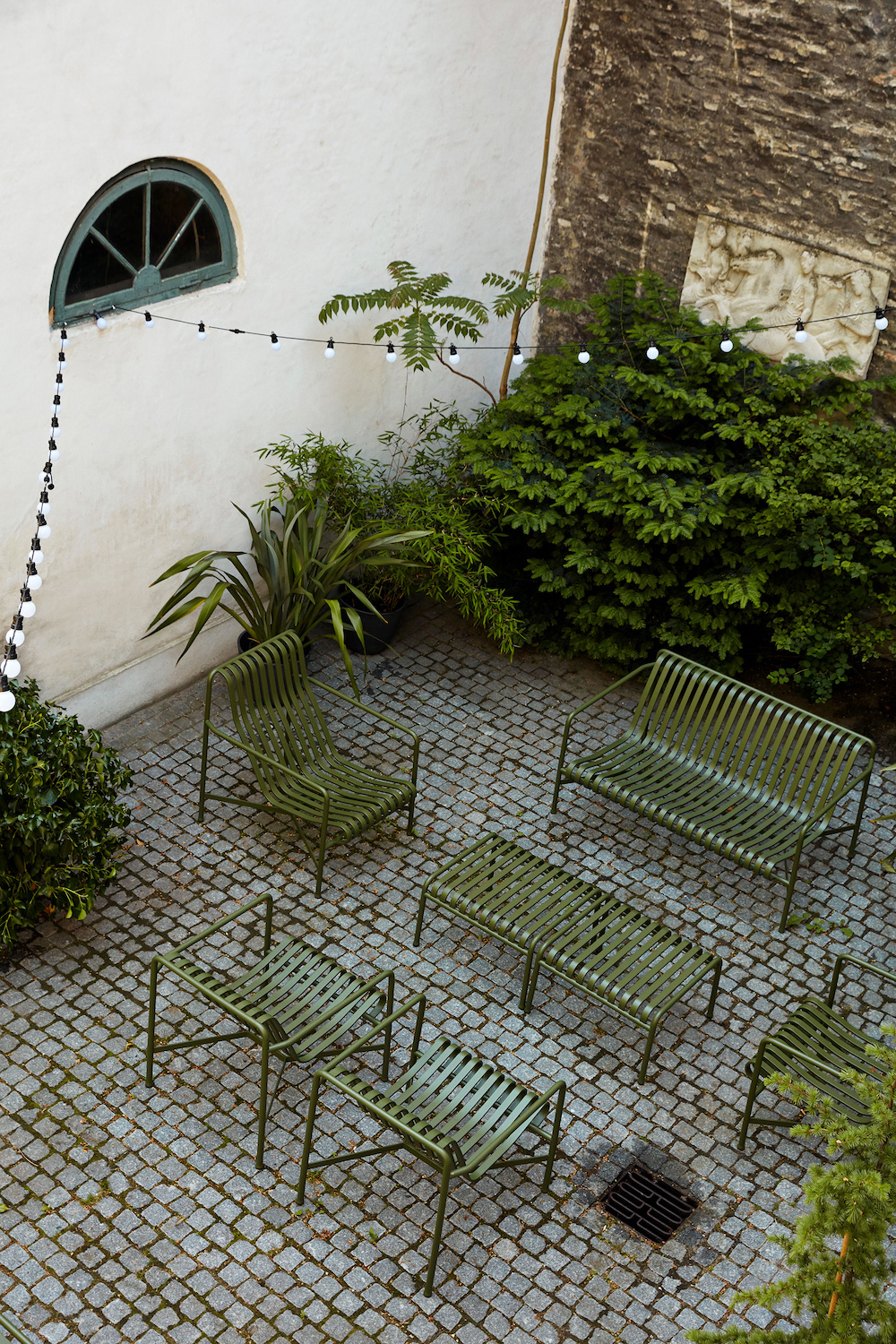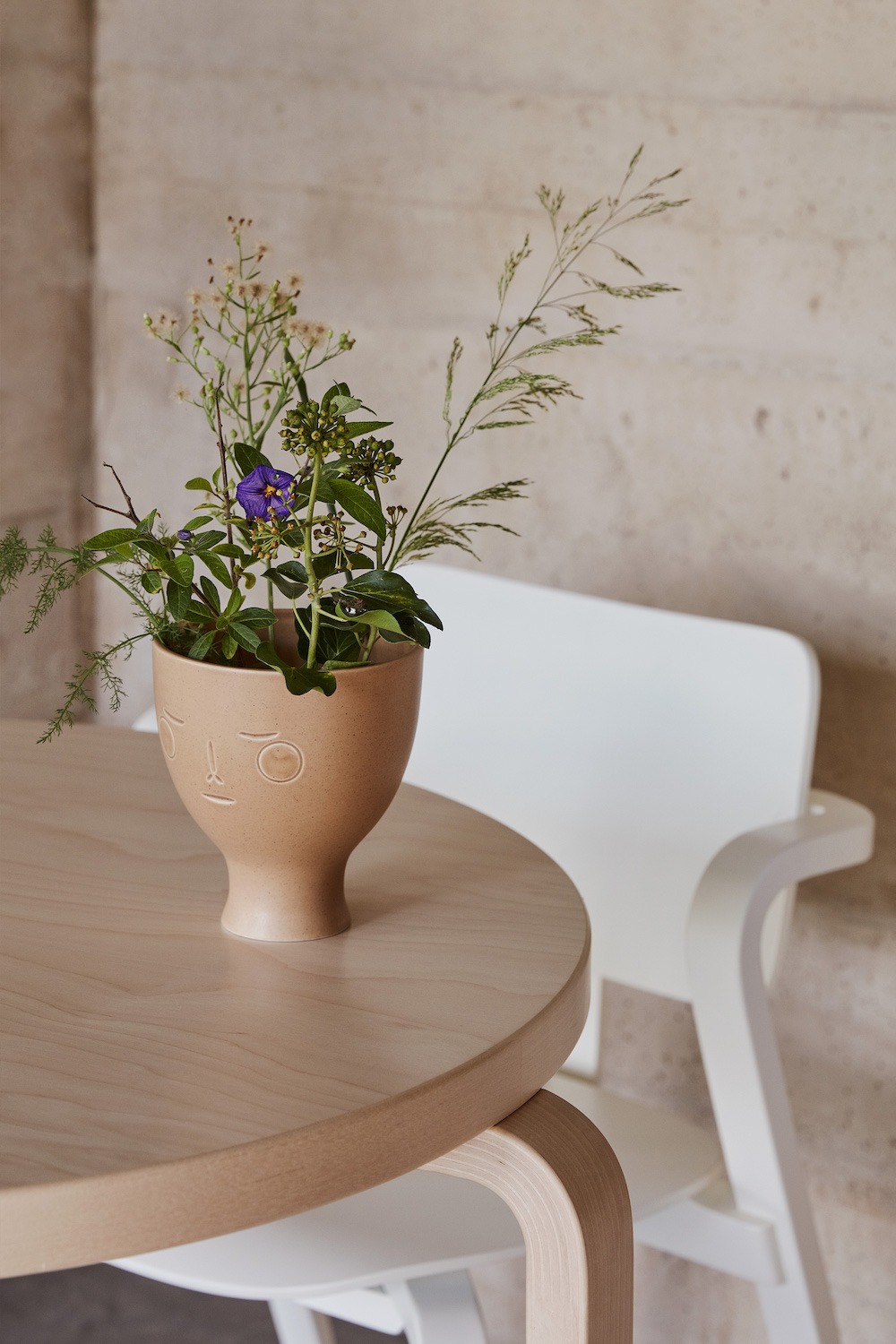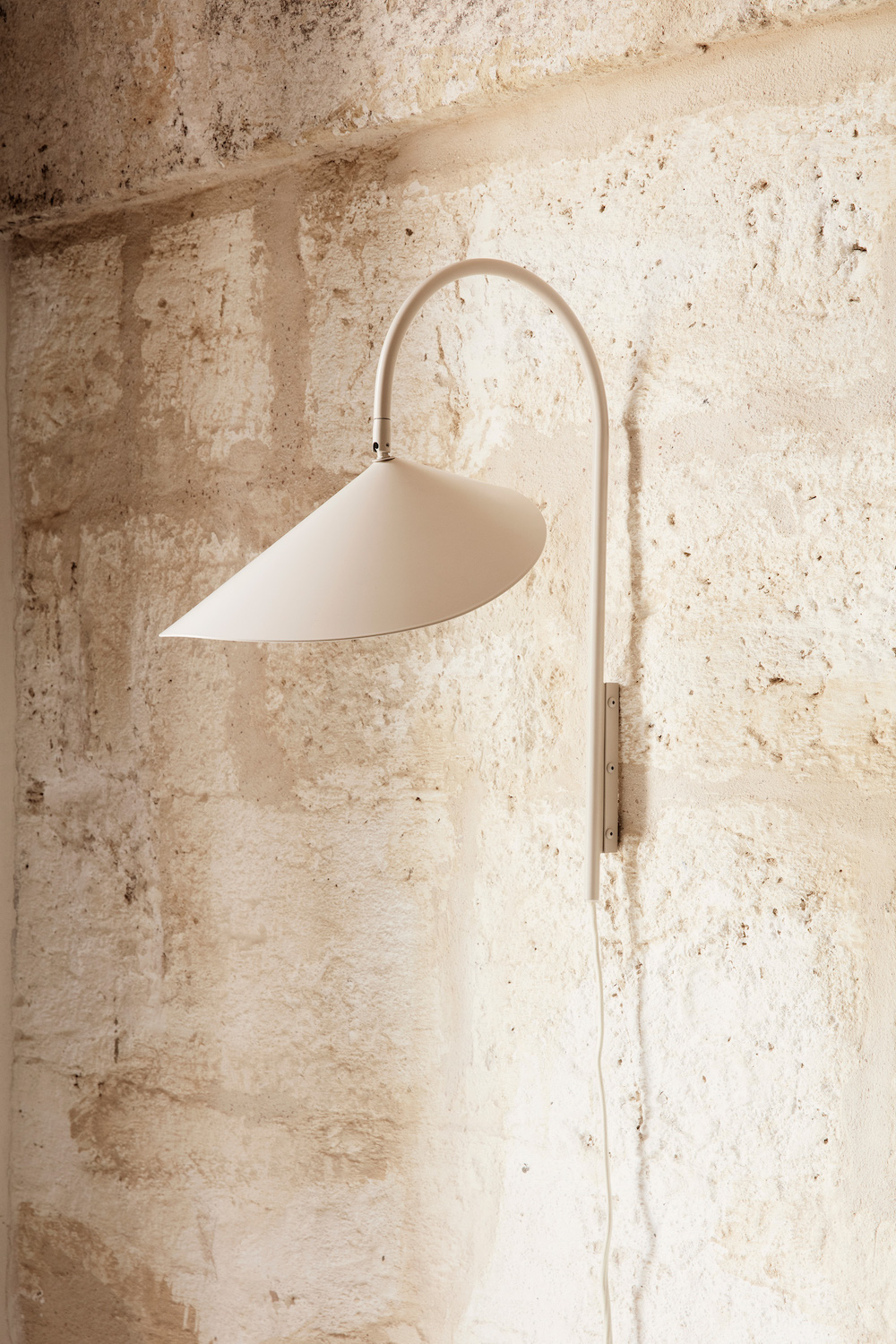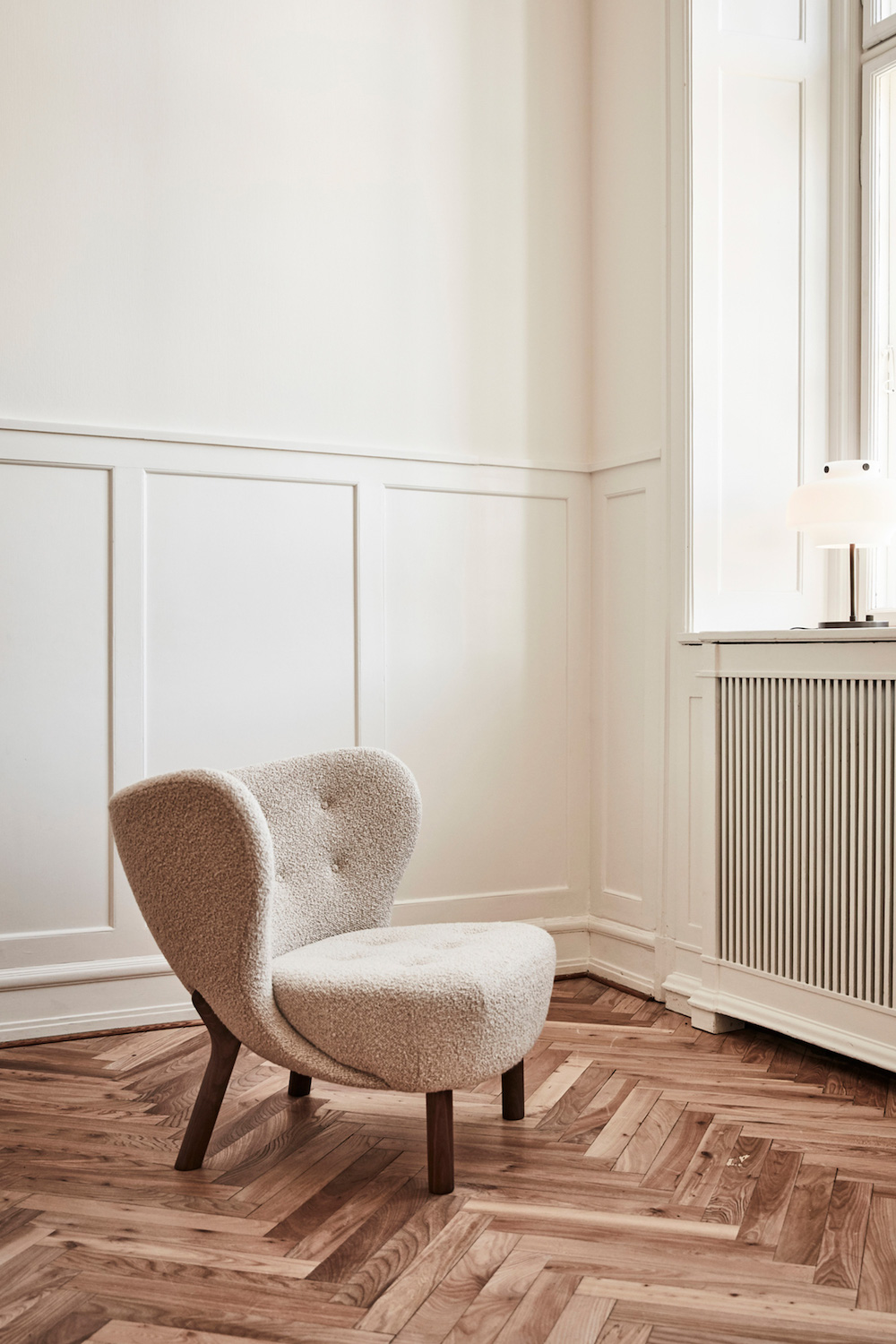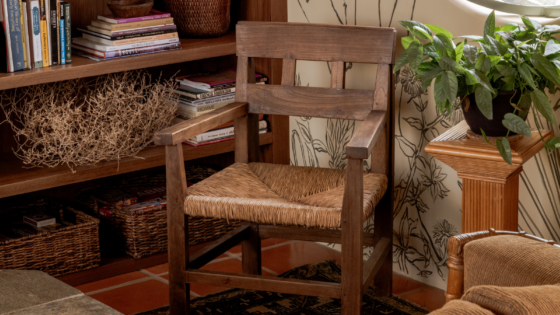While sustainability remains high-up on the agenda, and following editor Hamish Kilburn’s panel discussion at the Surface Design Show on biophilic materials in surface design, Nest explores the importance of bringing nature in…
If there’s one thing we’ve noticed over the past few months, it’s been how much people have been connecting with nature.
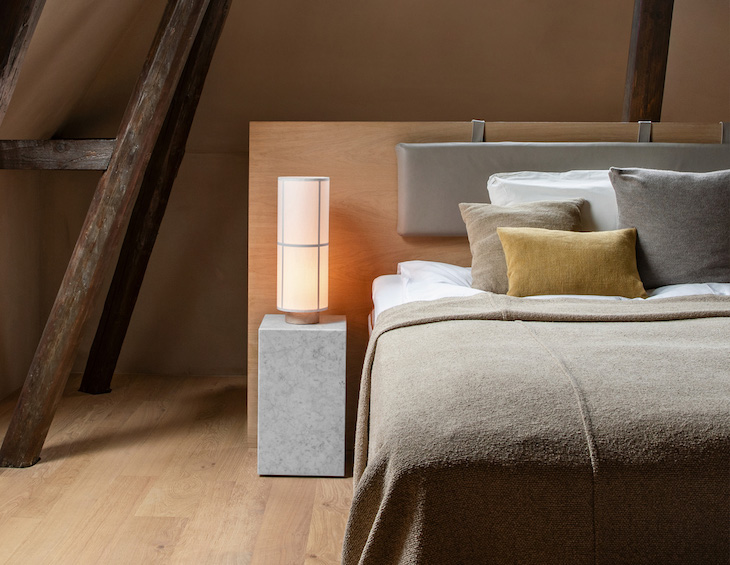
In times of stress, we crave a relationship with the natural world – whether this be walking through our local park, filling our homes with houseplants or being able to relax in our gardens. Exposure to nature and the colour green has been shown to provoke the release of good endorphins; it can even help people heal faster. Mental health charities across the world also recommend spending more time outdoors to combat problems such as anxiety and depression.
So, with nature’s proven impact on our mental health and physical wellbeing, could biophilic design principles hold the key to creating sustainable and inviting spaces in the post-pandemic landscape?
How biophilic design can be applied in a hospitality setting
Wellbeing is huge industry that will only continue to grow. Spaces that can improve our health and wellness will play an ever bigger part as the hospitality sector looks to entice people back to international travel.
Biophilic design principles suggest that humans have an innate connection with the natural world. Through bringing elements of nature into our interiors, we can elevate the well-being of those inhabiting the space.
“Oliver Heath suggests that guests are willing to pay 23 per cent more for rooms with views of biophilic elements.”
- Image caption: Nest’s Hay Palissade Outdoor Furniture | Image credit: Nest
- Image caption: Nest’s Artek Midsummer-Dream Vase | Image credit: Nest
As shown in many studies show, biophilia has the potential to be very powerful within a hospitality setting. A cost-effective way of improving the experience for guests, Oliver Heath suggests that guests are willing to pay 23 per cent more for rooms with views of biophilic elements. This is something that can be clearly seen in the link between the price of hotel rooms and whether they have a sea view.
But biophilic design is not just about views or introducing plants to your spaces. Materials, textures, colour, shape, lighting and ventilation all combines in well-designed biophilic spaces to create an environment which is calming and inviting.
We’ve picked out a few key ways in which you can start to introduce biophilic design principles into your interiors:
Directly introduce nature into a space
Whether this be through framing a striking view out of the window or simply displaying a bunch of fresh flowers in a statement vase, bringing the great outdoors inside is easier than you may think. Layer up your greenery to create a statement feature or even invest in dried flowers if keeping plants watered is too much to handle. This is an easy and often affordable way to introduce biophilic design principles into a space.
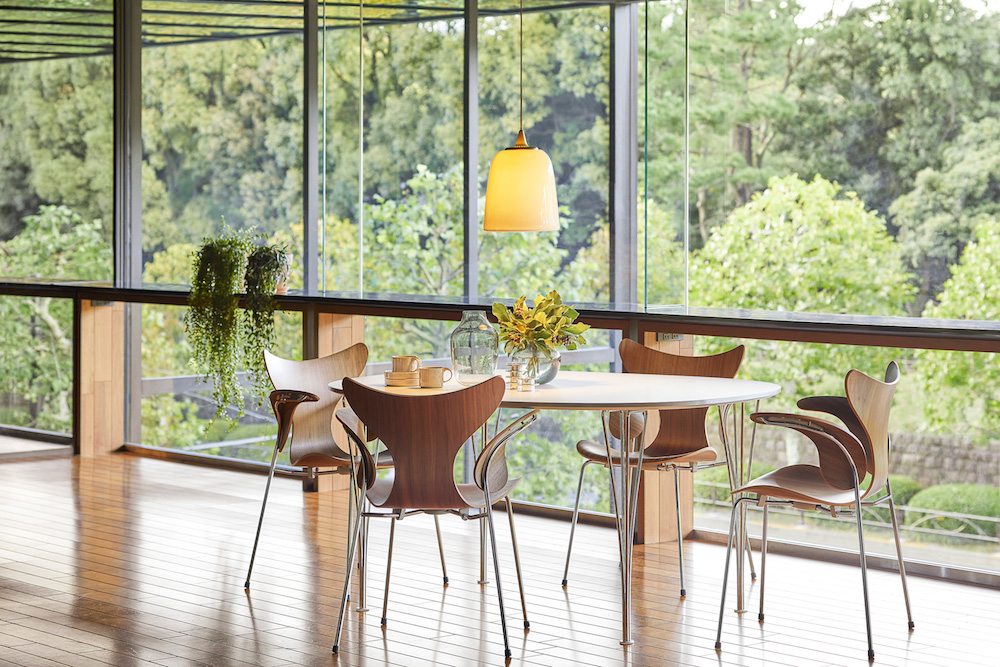
Image caption: Nest’s Fritz Hansen Lily Chair | Image credit: Nest
Make it easy for people to access the outdoors
As well as providing glimpses of nature within your interiors, consider how your building allows people to access the outdoors. Could you introduce outdoor seating onto a patio to create a place of refuge outdoors? Does your courtyard encourage people to spend time in it? An inviting outdoor space may well be key in a socially distanced future.
Introduce natural motifs
A pattern in the wallpaper, the form of a vase or the curves in a chair – organic forms that suggest shapes from nature are a great way to introduce another nod to nature into your interiors.
Make the most of natural materials
Textures that tempt our fingertips – combining materials such as cork, rattan, wool and wood in a space creates a natural material palette which can put us at ease. Tactile stimulation has been shown to help reduce our cortisol levels (which cause stress) and trigger the release of oxytocin (the love hormone) helping us to feel happier and more relaxed.
- Image caption: Nest’s Ferm Living Arum Lamp | Image credit: Nest
- Image caption: Nest’s &Tradition Little Petra Lounge Chair | Image credit: Nest
Consider the colour temperature of your lighting
Lighting can have a huge impact on our mood and alertness. There are now a number of circadian lighting systems on the market which mimic natural daylight through colour-changing LEDs. By subtly removing the stimulating blue spectrum of light in the mornings and evenings, these lighting systems help to improve both alertness and sleep quality by creating a more adaptable space.
As many of us continue to spend more time indoors, spaces that support us both physically and mentally will only continue to grow in importance.
Nest is one of the brands that has taken advantage of our Industry Support Package. To keep up to date with supplier news, click here. And, if you are interested in also benefitting from this three-month editorial package, please email Katy Phillips by clicking here.
Main image caption: Nest’s Hashira Table Lamp | Image credit: Nest

